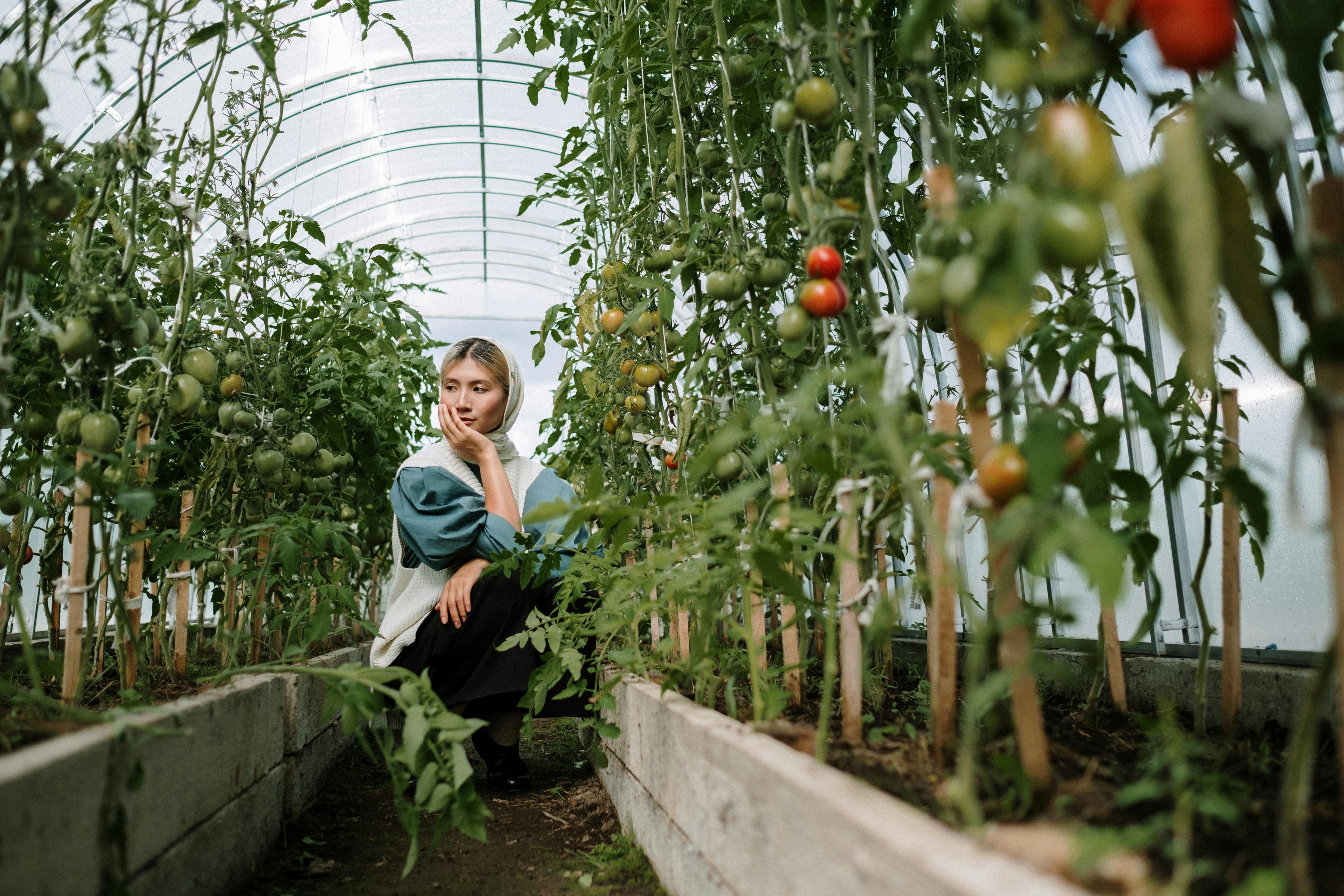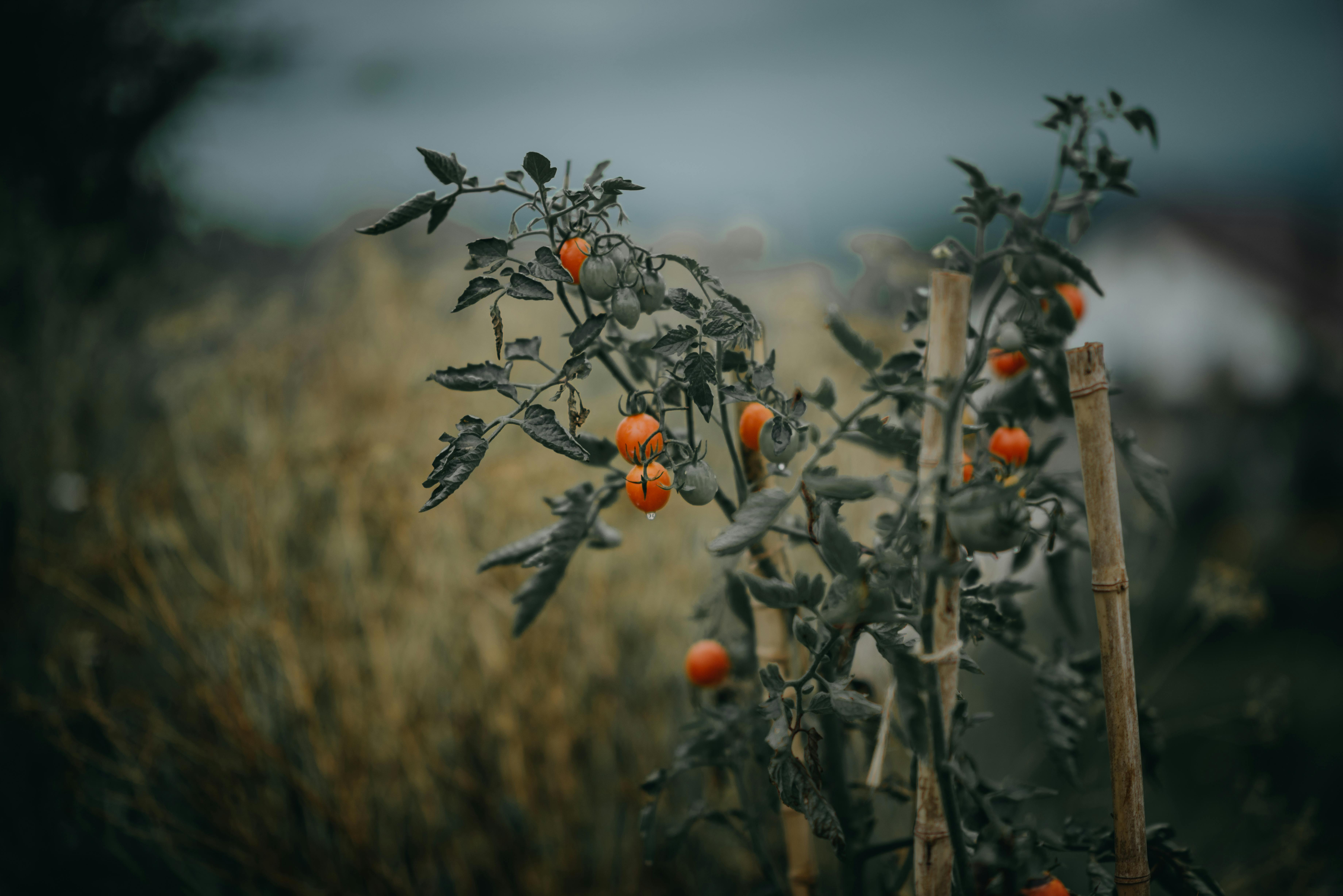Growing tomatoes in a garden can be a rewarding experience. Tomatoes are one of the most popular vegetables to grow and it’s easy to see why. They come in a variety of shapes, sizes, and colors, plus they add flavor and nutrition to any meal. Growing tomatoes requires some planning, but with the right techniques, you can be harvesting your own homegrown tomatoes in no time. Here are some tips on how to grow tomatoes in your garden.Choosing the right variety of tomato for your garden can be a daunting task. There are hundreds of varieties available, each with its own unique flavor, shape, size and color. To help narrow down the choices, consider your climate, soil type, and how much space you have in your garden. Consider too whether you want to grow determinate or indeterminate tomatoes. Determinate tomatoes are usually bushier and produce all of their fruit at once while indeterminate tomatoes produce fruit over a longer period of time and need more support due to their vining habit. Additionally, decide whether you’d prefer an
Preparing the Soil for Planting Tomatoes
Tomatoes need rich, well-drained soil to thrive, so preparing your soil before planting is essential. Begin by testing the soil pH level and adding amendments as needed. To optimize your garden’s soil fertility, mix in a layer of organic compost before planting. Remove any rocks or weeds from the area and break up large lumps of soil with a garden fork or tiller. If you’re planting in rows, firm the soil down with a rake to create a flat surface for even water distribution. Adding fertilizer
Planting and Spacing Tomato Plants
Tomato plants are a popular choice for many home gardens, but it is important to consider the space available when planting tomatoes. Proper spacing between plants allows them to get the necessary air circulation, light, and nutrients they need to grow and produce healthy fruit. When planting tomato plants, it is important to leave enough space between each one so that they can reach their full potential.
When planting tomatoes in a garden bed, it is best to space the plants 18-24 inches apart. It is also important to plant tomatoes in
Watering Tomato Plants
Watering tomato plants is essential to their growth and development. It is important to ensure that the soil around the plants is properly moistened, but not overly saturated, as this can lead to root rot and other plant diseases. The amount of water needed to keep tomato plants healthy and productive varies depending on climate, soil type, and the variety of tomato being grown. In general, tomatoes need an average of one to two inches of water per week. Water should be applied slowly and deeply at the base of the plant so as not to disturb the roots
https://images.pexels.com/photos/5561356/pexels-photo-5561356.jpeg
Feeding Your Tomato Plants
Tomato plants require a steady supply of nutrients to produce healthy and abundant fruits. Feeding your tomato plants regularly is essential for ensuring that they have enough nutrients to produce delicious tomatoes. Before you begin, it’s important to understand the basics of fertilizers and the different types available. There are organic fertilizers such as compost and manure, as well as synthetic fertilizers which are chemical-based. Both types of fertilizer have their advantages and disadvantages, so it’s important to understand which one is best for your tomato plants.
<

Pruning and Training Tomato Plants
Pruning and training tomato plants is essential for their health and productivity. Tomatoes are a vigorous, vining plant that can quickly become unruly and require pruning to keep the foliage from becoming too dense. Pruning tomato plants also helps to increase air circulation and light penetration, which in turn increases yields. Additionally, pruning is important for developing a strong stem so the plant can support its heavy crop of fruit. Proper pruning also helps to prevent problems caused by disease and pests, such as blight or spider mites
Mulching and Weed Control in the Garden
Mulching is an effective way to control weeds in the garden. It is a process of covering the soil with a layer of organic material, such as straw, wood chips, or leaves, to reduce weed growth and help retain moisture. Mulch also helps to improve soil fertility and increases plant growth. When applied correctly, mulch can significantly reduce weed growth in the garden by blocking light from reaching weed seeds that may be present in the soil.
Weeds compete with plants for water and other resources, so
Staking or Caging Tomato Plants
Growing tomatoes in the garden is a rewarding experience. Whether you are an experienced gardener or a novice, staking or caging your tomato plants is essential to getting the most out of your plants. Staking and caging tomatoes provides the plant with a sturdy support system that helps keep it upright and prevents damage from strong winds and heavy rains. It also helps keep fruits off the ground, making them easier to harvest. There are several ways to stake or cage tomato plants, each of which has its own benefits and drawbacks.

Conclusion
Growing tomatoes in a garden is a rewarding experience. With the right soil, water, and sun exposure, tomatoes can flourish and produce delicious fruits. Planting in raised beds or containers can help to contain the plant’s roots and provide better drainage. Incorporating compost into the soil will help retain moisture and provide essential nutrients for plant growth. Regularly feeding the plants with fertilizer will also help them reach their full potential. Finally, regular pruning and harvesting is essential to encourage healthy and productive tomato plants. With these tips, you can enjoy a harvest of fresh tomatoes
